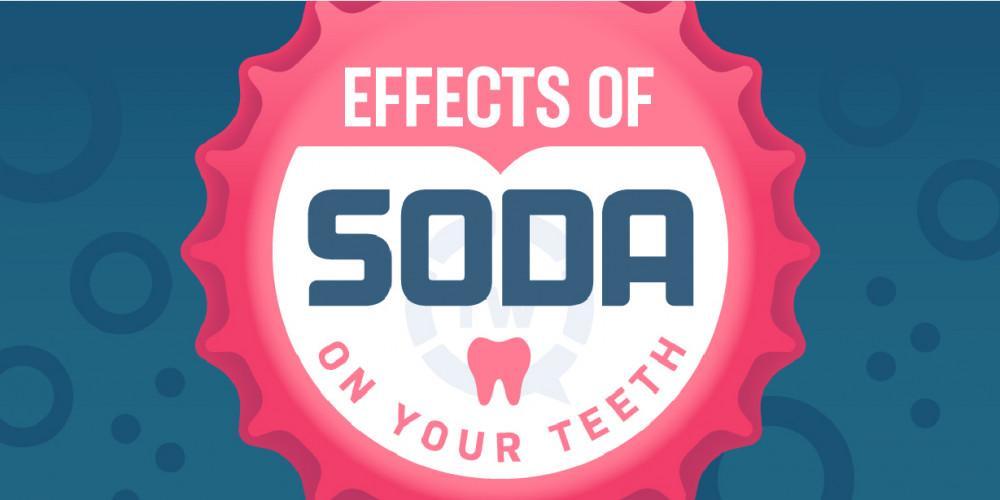
Protecting Yourself Against Oral Cancer

If there were a quick and painless way to identify pre-cancerous cells in the mouth of someone you loved, would you want them to try it? What if that person were you? The truth is, as uncomfortable as it may be to even think of the word “cancer,” thinking about it, and thus detecting it early, is key. That’s why, if you haven’t been to the dentist in a while, you should schedule a visit, because while the oral exam that accompanies your cleaning may not be noticeable to you, it’s often your earliest line of defense in the detection of oral cancer. Lets take a quick look at a few of the risk factors and symptoms, and consider a few options you may have to help reduce risk. Keep in mind that no list is exhaustive, and to always share with each of your health care providers your concerns and strategies regarding your oral health. Those at Risk for Oral Cancer Passing certain age thresholds and engaging in certain lifestyle habits can place you at increased risk for oral cancer. For example, men tend to have higher rates of oral cancers than women. Here is the short list: · Patients age 18-39 who use tobacco, are heavy drinkers, or may have a previously diagnosed oral HPV infection. |
Warning Signs If you experience any of the below symptoms lasting more than 7-10 days, please seek the advice of your doctor. Also, keep in mind that aside from an obviously sore throat, the below symptoms can present themselves in the absence of pain. Look out for changes that can be detected on the lips, inside the cheeks, palate, and gum tissue surrounding your teeth and tongue. If you are experiencing any of the below symptoms, please call (818) 805 - 2251 or book online with Dr. Hambarchian today.
|
Oral cancer is serious business. Yet, it can be managed when caught early. So, do the right thing and visit your dentist regularly, and get that screening. Call (818) 805 - 2251 or click here to schedule a screening with Dr. Hambarchian today. |
You Might Also Enjoy...


Understanding the Five Stages of Tooth Decay

Kicking the Tobacco Habit is Good for your Mouth

What to Do When You Crack a Tooth

What is Plaque?


